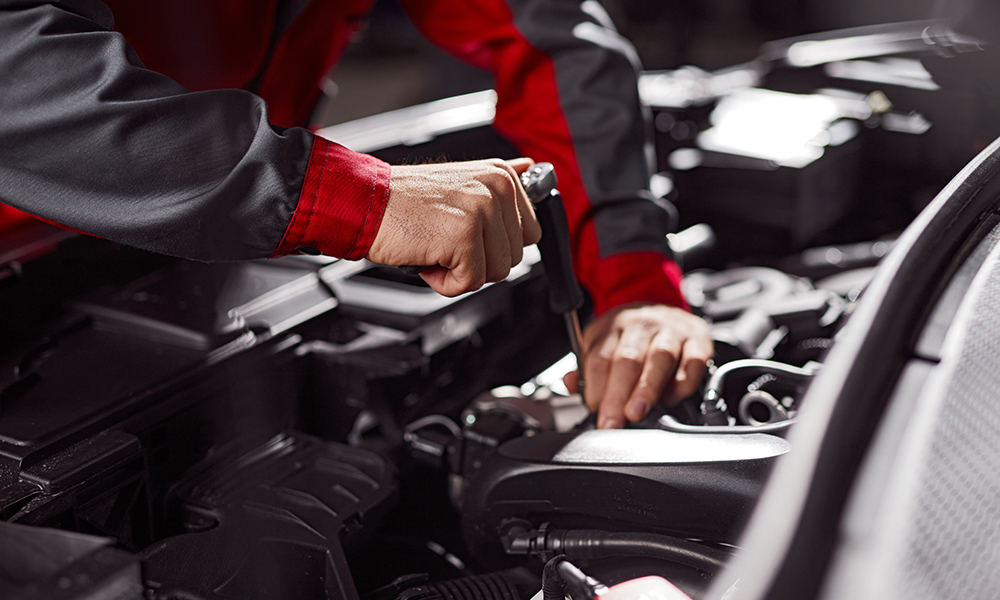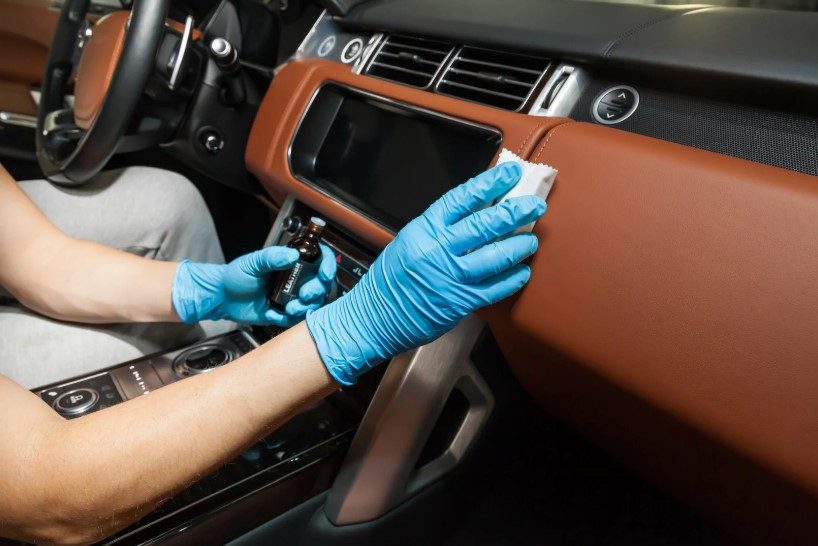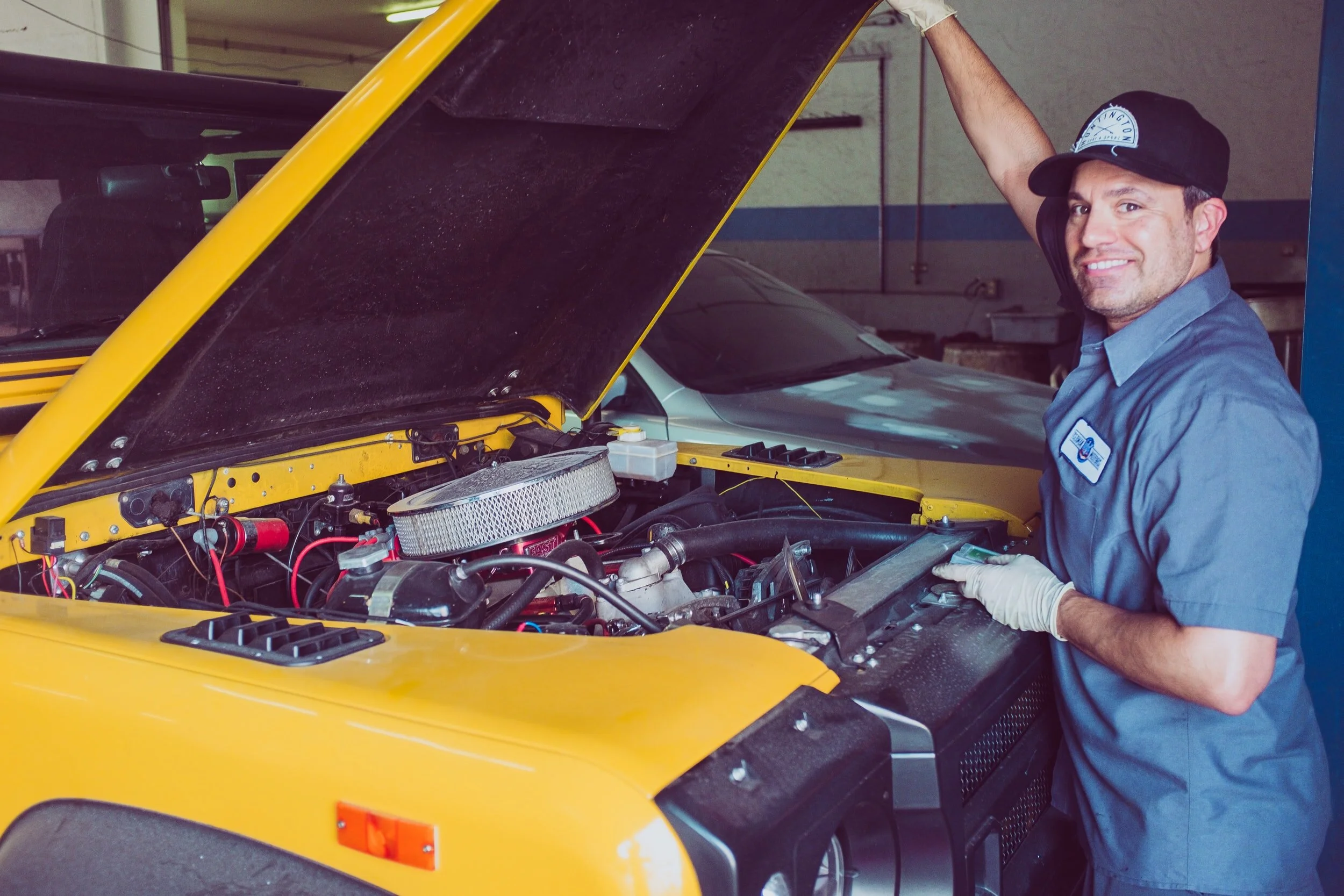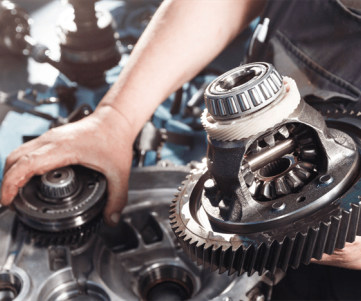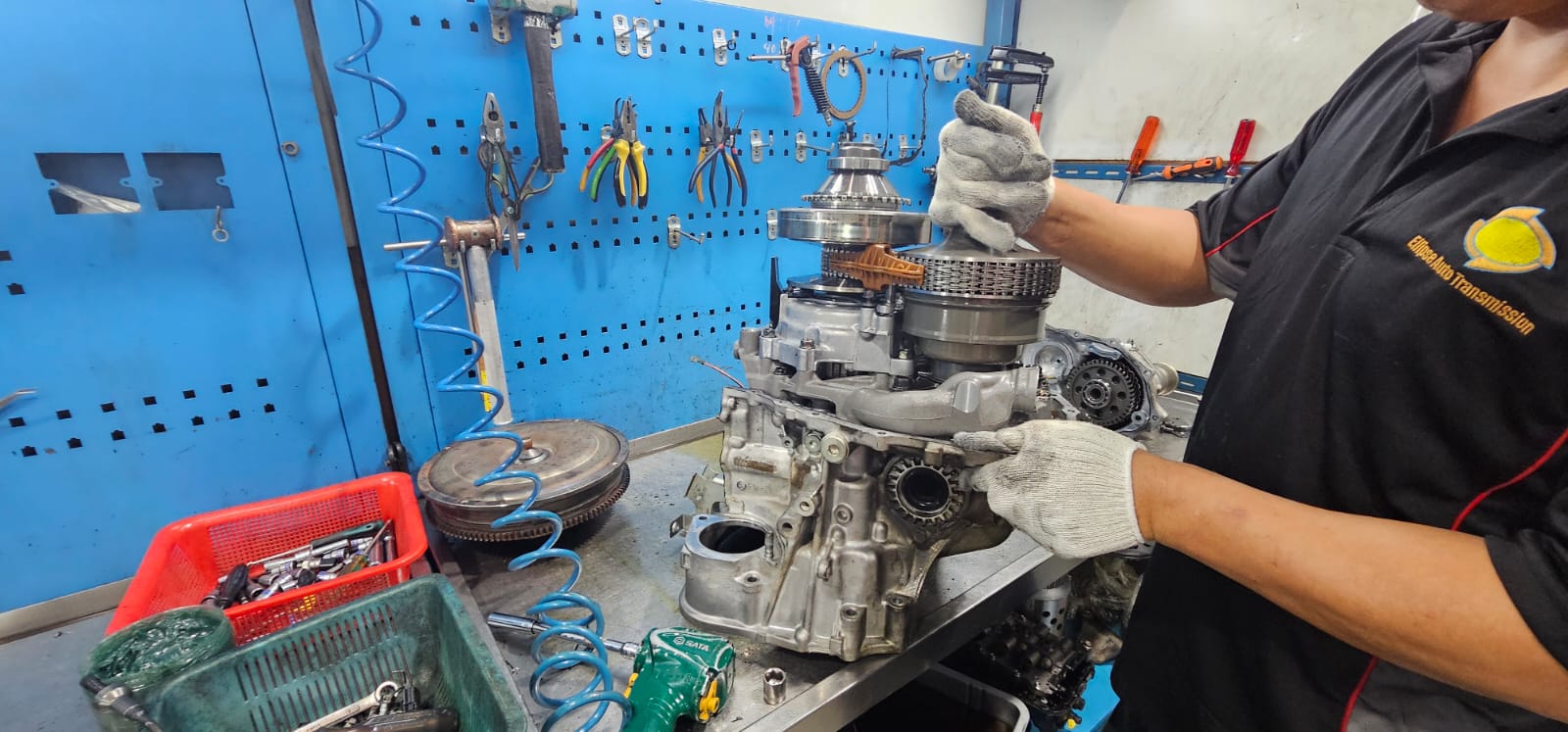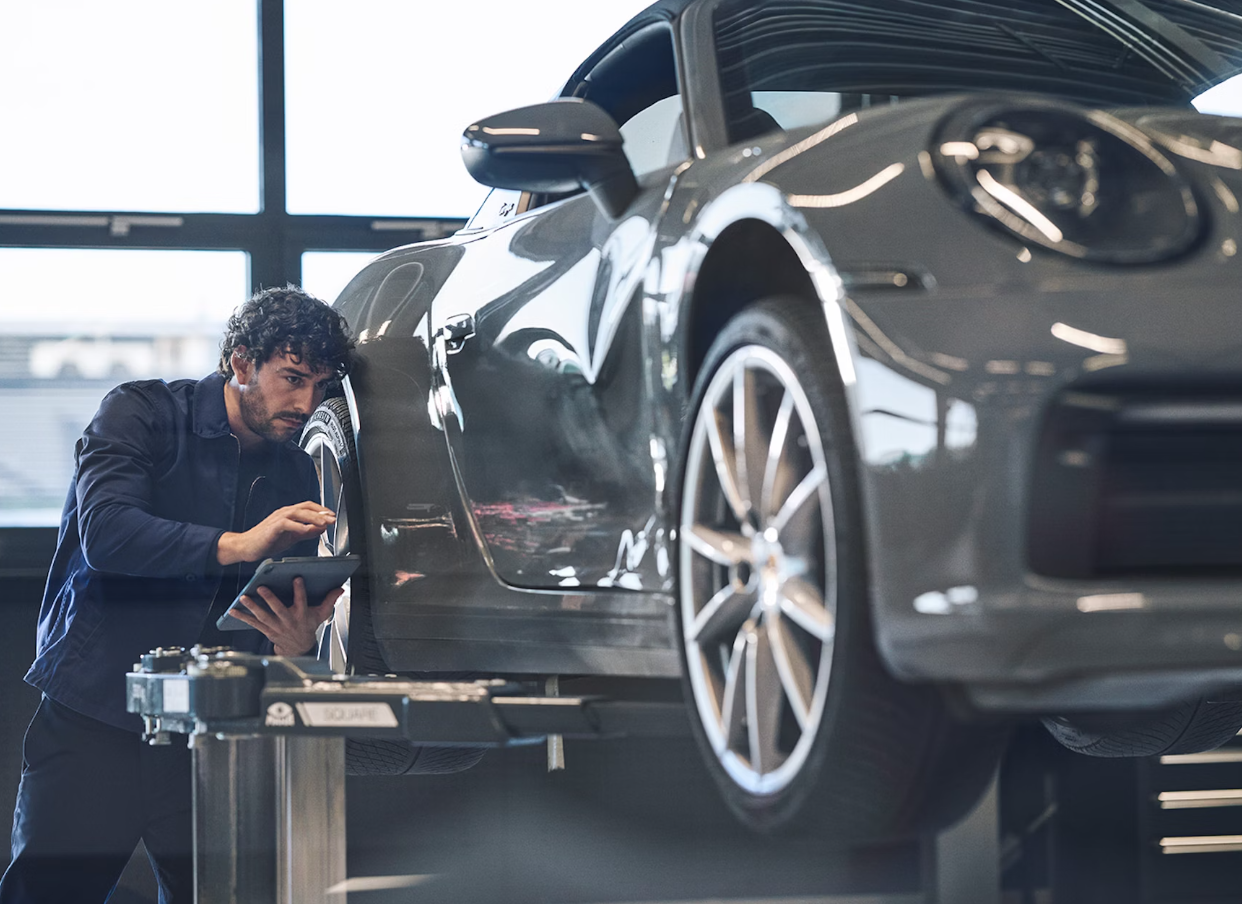Modern vehicles are marvels of engineering that blend precision mechanics with cutting-edge technology. As cars have evolved into “computers on wheels,” maintaining both their performance and reliability has become more complex. For owners of high-end European vehicles like BMW and Porsche, understanding and utilizing advanced Electronic and Diagnostics Programming is crucial for ensuring a smooth, secure, and exhilarating driving experience.
The Evolution of Automotive Technology
The transition from traditional mechanical systems to intricate electronic frameworks has reshaped the automotive industry. Early automobiles relied predominantly on manual adjustments and periodic mechanical checks. Today, however, vehicles are embedded with sophisticated electronics controlling everything from engine performance to safety features.
This evolution means that modern cars require more than routine mechanical servicing; they need regular electronic diagnostics and precise programming updates. The phrase Electronic and Diagnostics Programming is not just a buzzword—it represents a holistic approach to vehicle maintenance that keeps every component operating in perfect harmony.
Modern vehicles are no longer just engineered for power or fuel efficiency. They are designed with integrated computer systems that monitor and adjust a myriad of processes in real-time. The ability to diagnose issues quickly without dismantling major components has drastically improved vehicle upkeep. This integrated approach ensures that each vehicle performs at its peak while sustaining the luxury standard that owners expect.
Understanding Electronic Programming in Today’s Vehicles
Electronic programming involves updating the software that controls various functions within a vehicle. This critical process ensures that the car’s engine, transmission, braking systems, and more are fine-tuned to deliver optimal performance. It also plays a significant role in error detection and overall vehicle diagnostics.
At its core, Electronic and Diagnostics Programming allows technicians to interface with a car’s onboard computer, making it possible to modify settings, correct fault codes, and update software to address emerging technological trends or manufacturer recalls.
Key Functions of Electronic Programming
Performance Optimization: By updating the vehicle’s software, electronic programming enhances engine efficiency, power output, and fuel economy. It fine-tunes parameters such as fuel injection, ignition timing, and turbo boost levels to ensure the engine operates within optimal ranges.
Diagnostic Capabilities: The process leverages advanced on-board diagnostics (OBD) systems, enabling technicians to quickly identify mechanical or electronic faults. Advanced diagnostic tools gather data from various sensors to produce a comprehensive overview of the vehicle’s health.
Customization and Feature Enhancement: For premium car owners, electronic programming can also tailor vehicle features to personal preferences. Options may include customized driving modes, adaptive cruise control settings, and even personalization of infotainment systems.
European manufacturers like BMW and Porsche have set high benchmarks for integrating electronic programming into vehicle maintenance routines. Their models often incorporate continuous software updates to keep the vehicle’s performance at the forefront of automotive technology.
The Role of Car Diagnostics in Vehicle Maintenance
Importance of Early and Accurate Diagnostics: Car diagnostics play a pivotal role in early detection of issues, minimizing downtime, and preventing costly repairs in the future. Regular diagnostic tests ensure that any emerging problems are identified and addressed promptly, thus extending the overall lifespan of the vehicle.
For drivers of luxury cars, this translates directly into safety and performance. Implementing Electronic and Diagnostics Programming not only helps spot potential issues before they become severe but also guarantees that every diagnostic check provides reliable data on the car’s health.
How Diagnostic Tests Are Conducted: Modern service centers use state-of-the-art equipment that interfaces with the car’s OBD system. These tests retrieve fault codes stored in the vehicle’s computer and generate diagnostic reports that outline necessary repairs or updates. The process is streamlined for efficiency, ensuring minimal disruption to the driver’s schedule.
Diagnostic tests can be divided into several categories:
- Basic Diagnostic Tests: Designed to check essential systems like fuel, ignition, and emission control.
- Advanced Diagnostics: These tests provide in-depth evaluations, monitoring real-time data from sensors distributed throughout the vehicle.
- Targeted Module Checks: Focused diagnostics on specific components, such as the engine control unit (ECU) or transmission control module (TCM).
Regular diagnostics not only maintain safety standards but also enhance the overall performance of a high-end vehicle. This proactive approach is central to the philosophy behind Electronic and Diagnostics Programming, ensuring that luxury cars continue to operate at their peak performance levels.
Why High-Quality Diagnostics and Programming Matter
Enhanced Vehicle Performance and Safety: Precision is paramount when it comes to luxury vehicles. Ensuring high performance and safety isn’t merely about adhering to factory settings—it’s about fine-tuning every element of a vehicle’s operation to meet specific performance standards. Electronic and Diagnostics Programming plays a critical role in achieving this delicate balance.
Enhanced performance means a smoother, more responsive driving experience, which significantly boosts driver satisfaction. Safety is equally important: advanced diagnostics ensure that any discrepancies are flagged immediately, preventing potential issues from escalating into dangerous scenarios.
Cost Efficiency in the Long Run: Many luxury car owners worry about the high cost of maintenance. However, regular electronic programming and diagnostic checks can actually save money in the long term. By catching issues early, drivers can avoid the spiraling costs associated with major repairs. A proactive diagnostic routine minimizes unexpected breakdowns and extends the lifespan of expensive vehicle components.
Customer Satisfaction and the Luxury Experience: The modern luxury car owner expects an experience that goes beyond surface-level aesthetics. They demand precision engineering, reliability, and tailored performance tuning—all of which are achieved through comprehensive Electronic and Diagnostics Programming. High-quality diagnostics and timely programming updates help ensure a consistently superior driving experience, reinforcing the brand’s reputation and customer trust.
Choosing the Right Service Center for European Premium Cars
Tailored Services for Luxury Vehicles: Selecting the right service center is crucial for owners of high-end European cars. Not every workshop is equipped to handle the delicate balance of performance and luxury maintenance required by these sophisticated vehicles. Dedicated service centers specializing in Electronic and Diagnostics Programming offer customized solutions designed to meet the specific needs of premium cars.
Expert Technicians and Advanced Equipment: A service center’s expertise lies in its people and tools. Technicians who have received specialized training in the latest electronic programming techniques can diagnose and resolve complex issues faster than generalist mechanics. Additionally, centers that invest in the latest diagnostic equipment ensure that every check is thorough and accurate.
Highly qualified technicians understand that luxury vehicles require more than just routine repairs—they need consistent, precise adjustments to maintain the driving experience you expect. This specialized focus on premium brands, including BMW and Porsche, ensures that every programming update enhances overall vehicle performance.
Unique Considerations for Singapore: For luxury car owners in Singapore, the local climate and road conditions present unique challenges. Traffic congestion, high humidity, and a mix of urban and high-speed highway conditions necessitate even more rigorous maintenance. A top-notch service center in Singapore will adapt its Electronic and Diagnostics Programming services to account for these environmental factors, ensuring reliable performance in diverse conditions.
Future Trends in Electronic and Diagnostics Programming
Technological Advancements on the Horizon: The automotive industry is on the brink of unprecedented technological breakthroughs. With continued advancements in AI and machine learning, diagnostic systems are expected to become even more predictive and preventive in nature. Future trends include:
- Predictive Maintenance: Utilizing big data analytics to predict issues before they manifest.
- Enhanced Connectivity: Integration of vehicle diagnostics with smart devices, offering real-time updates and remote servicing capabilities.
- Over-the-Air (OTA) Updates: Similar to smartphone software updates, future vehicles may receive programming enhancements and security patches without requiring a visit to the service center.
These developments represent the next wave of Electronic and Diagnostics Programming, promising to further enhance vehicle performance and safety.
Impact on the Automotive Industry: As these technologies mature, the gap between conventional maintenance and high-tech diagnostics will widen. The automotive service landscape will see increased specialization, where workshops must continuously update their tools and training programs to keep pace with rapid technological advancements. Investing in these future trends means committing to a long-term vision of automotive excellence, ensuring that luxury vehicles remain at the pinnacle of performance and safety.
Takeaway
The fusion of advanced electronics with traditional vehicle mechanics has fundamentally transformed the way we approach car maintenance. The integrated approach of Electronic and Diagnostics Programming is key to ensuring that luxury vehicles, particularly those from prestigious European brands, maintain their superior performance and reliability.
By embracing regular diagnostic tests and precise electronic programming updates, high-end car owners can enjoy a driving experience that is both exhilarating and secure. These services not only keep the vehicle running smoothly but also help in identifying potential issues before they develop into costly repairs. Furthermore, choosing a service center that specializes in these advanced techniques is essential, especially in dynamic environments like Singapore.
Looking ahead, the future of automotive care is set to be even more innovative, driven by advancements in predictive maintenance, connectivity, and over-the-air updates. Staying ahead of these trends will ensure that both the performance and longevity of luxury vehicles remain uncompromised.
For owners who value excellence and precision, investing in Electronic and Diagnostics Programming is not just an option—it’s a necessity. Whether you’re driving a BMW, a Porsche, or any other premium European car, the right combination of diagnostics and electronic programming will continue to deliver a performance that is as luxurious as it is reliable.



